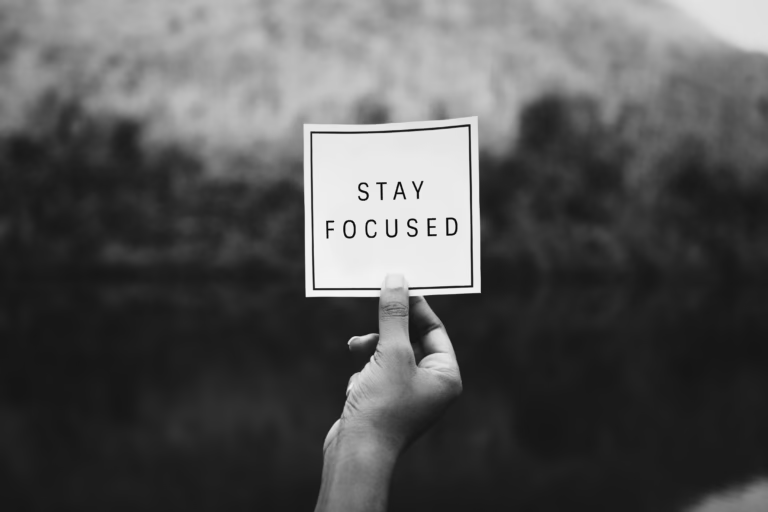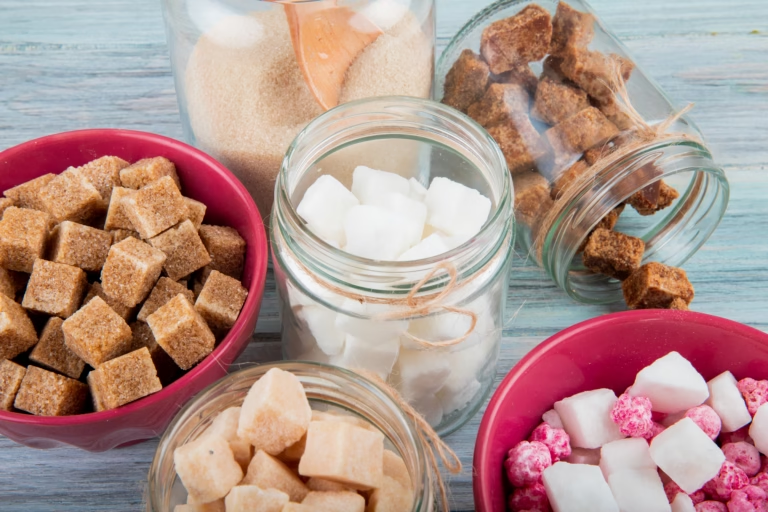10,000 Steps a Day: Unlocking Mind & Body Secrets
“Get your 10,000 steps in!” We’ve all heard it. But what if this number—originally a marketing slogan—holds the key to a stronger body and a sharper mind? Whether you’re wondering why 10,000 steps a day is such a big deal or asking how far are 10,000 steps really, this blog walks you through science-backed reasons to start moving more—today.
The Origin of the 10,000 Steps Goal
That 10,000-step benchmark is everywhere now. Fitness trackers swear by it. But it all started with a Japanese pedometer called the “Manpo-kei,” released in the 1960s. “Manpo” means 10,000 steps, and the character itself resembles a walking person.
Though born from marketing, the idea stuck—and for good reason. Research now supports that walking around 10,000 steps a day can offer incredible walking benefits for both physical and mental health. We’re not just talking calories by walking—we’re talking longevity, sharper thinking, and even belly fat loss. Let’s dive into why 10,000 steps really matters.
Section 1: Physical Gains – What Science Says
Metabolic Makeover & Calories Burned
First, let’s bust a myth—10,000 steps isn’t just about how many calories. On average, it burns 300–500 calories depending on your pace and body weight. If you’re wondering: “10,000 steps is how many calories?”—that’s your ballpark. But more than that, consistent walking fine-tunes your metabolism, improves insulin sensitivity, and helps regulate blood sugar, all of which can lower your risk of type 2 diabetes. (CDC source)
How Far Are 10,000 Steps?
People often ask, “10,000 steps is how many miles?” It’s usually around 4 to 5 miles, depending on your stride. That’s a few short walks scattered through the day—not as daunting as it sounds. This step-to-mile calculator can help you find your exact number.
Heart & Vascular Health
Daily walking strengthens your heart, lowers blood pressure, and improves circulation. Just adding 1,000 steps can reduce systolic blood pressure, and walking close to 10,000 steps per day cuts your risk of cardiovascular disease by over 20%. According to the American Heart Association, walking just 30 minutes a day can significantly improve heart health.
Immune Boost & Chronic Disease Defense
Walking 10,000 steps daily helps protect against diabetes, some cancers, and even premature death. In fact, a JAMA Neurology study shows that just 8,900 steps per day can slow cognitive decline. So why 10,000 steps a day? Because it trains your body and brain to resist aging and illness.
Joint, Bone & Muscle Strength
Walking, as a weight-bearing activity, improves bone density and joint mobility. It reduces arthritis symptoms and enhances balance—crucial as we age. Harvard Medical School notes that regular walking protects against osteoporosis.
Section 2: Mental Benefits – More Than Just Moving
Mood Enhancement
A brisk walk releases endorphins—natural mood lifters. One study showed stress dropped by 9% during a walking challenge. Walking outdoors adds a meditative rhythm that calms anxiety and boosts emotional health. Mayo Clinic confirms exercise is a powerful stress reliever.
Brain Function & Memory
Walking increases blood flow to the brain and boosts the production of BDNF—a protein that improves cognition. Just five minutes of walking can enhance focus and clarity. This NIH study shows how walking enhances memory and executive function.
Can Walking Burn Belly Fat?
Yes! While spot reduction is a myth, walking reduces total body fat—including visceral fat around the belly. A study from the British Journal of Sports Medicine supports walking as an effective tool for long-term fat reduction.
Creativity & Confidence
Ever get your best ideas while walking? That’s real. Stanford researchers found walking boosts creative output by 60%. Reaching 10,000 steps a day also builds daily momentum and self-efficacy—confidence born from action.
Section 3: Synergy & Speed – Why Pace Matters
Here’s the magic: mental and physical benefits fuel each other. More energy leads to more walking, which leads to clearer thinking and better sleep.
And pace matters. Brisk walking—over 100 steps per minute—offers enhanced benefits. A 2022 study found that walking faster—even for shorter durations—can reduce heart disease mortality better than slow, prolonged walks.
Section 4: Making It Happen
10,000 steps a day might sound like a stretch, but it’s achievable. Most people average 3,000–6,000 steps. A 30-minute walk can close the gap. Park further away, take walking breaks during calls, or pace while brushing your teeth—every step counts.
Don’t forget: benefits start showing up as early as 4,000 steps. If 10,000 feels unreachable, aim for consistency and steady progress.
Track Your Progress with a Step Counter
Ready to take the first step—literally? Investing in a reliable step counter can help you stay accountable and motivated. We recommend the Kummel Smart Watch, which not only tracks steps but also monitors heart rate, calories burned, and distance walked.
👉 Click here to get your Kummel Step Counter – and start walking your way to better health today!
Conclusion
The 10,000-step goal may have started as a marketing gimmick, but science now backs it as one of the simplest and most effective wellness habits. Whether you’re asking how far are 10,000 steps or can walking burn belly fat, the answer is clear: consistent walking changes your life.
And if you enjoy walking outdoors, there’s an extra bonus—sunlight exposure while walking can help boost your Vitamin D levels, which plays a major role in immune function and mood. Curious about how that works? Be sure to check out our blog on Vitamin D & Sunlight Benefits for the full story.
Take it one step at a time—and unlock the full potential of your body and mind.
✉️ Stay Inspired, Stay Healthy
Love tips like this?
📬 Join our free newsletter and get science-backed health wisdom delivered straight to your inbox!
What you’ll get:
- Wellness tips and health “hacks”
- Simple strategies to boost your health and energy
- Exclusive content, recipes, and challenges
Subscribe below to take the next step toward a healthier, more energized life.
No spam. Just real value. Unsubscribe anytime.
This article contains affiliate links. That means I may earn a small commission if you make a purchase through one of these links – at no extra cost to you.








